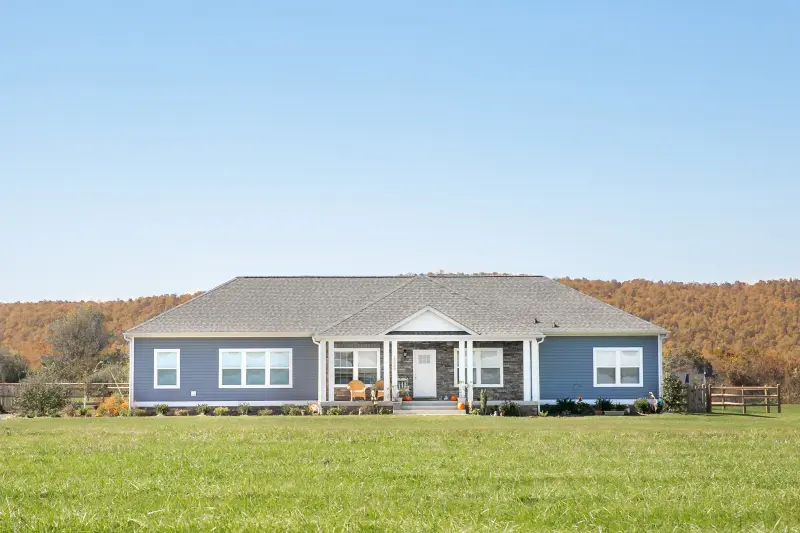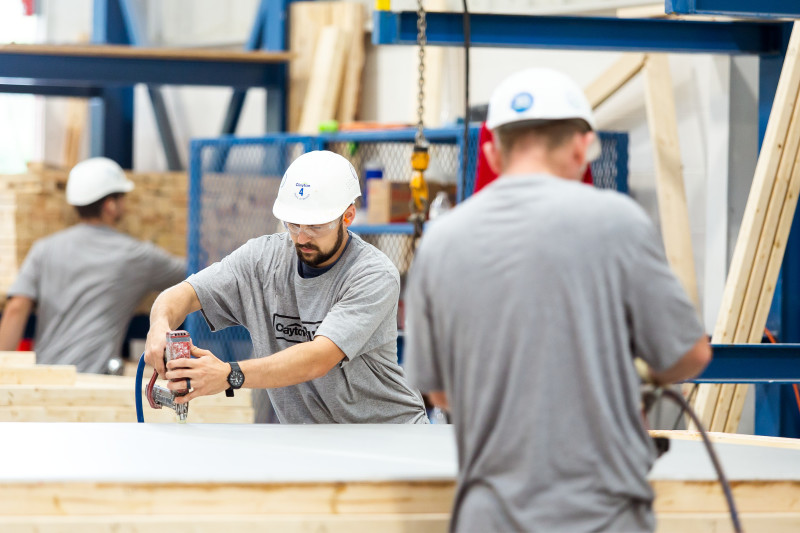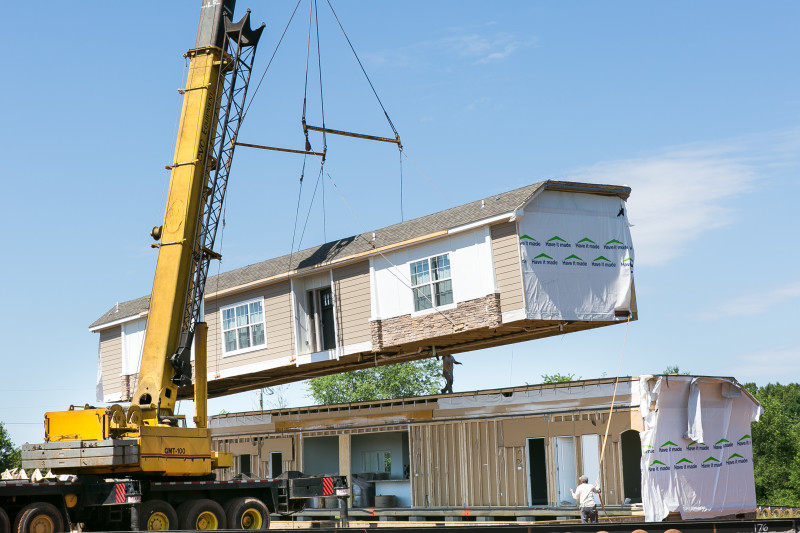History Unwrapped: How Modular Homes Came To Be

Where it all began – Do you know how off-site built and modular homes really started?
There are several words that can be used to describe different types of off-site built housing. You’ve heard the names “manufactured” and “modular” used interchangeably, but what’s the real difference between the two?
Similarly to a manufactured home, a modular home is built inside a climate-controlled home building facility that uses efficient processes and quality materials. The biggest difference between the two types of homes is that modular homes are built to local and state codes rather than HUD Code like manufactured homes.

Key Takeaways
- The beginnings of modular home building were influenced by the 1908 “kit homes” offered in catalogs that included the materials and instructions for building them.
- The later advances in assembly line technology made prefabricated home building in facilities more efficient and readily available.
- After World War II, the demand for off-site homes grew, and builders realized they could construct entire homes in their facilities, instead of only sections and walls.
- In 1958, the first double section off-site built home was constructed.

To better understand the difference between manufactured and modular homes, it’s helpful to take a look at a brief history of how the modular housing industry came to be.
1908 – Bring Home Building Kits
In the mid-19th century, Richard Sears began selling his products through one of the first catalogs known to the general public. He used catchy phrases and customer testimonials to tell readers that Sears, Roebuck and Company had the cheapest prices for high-value products. Everything from sewing machines to saddles could be found within the confines of the paper catalogs.
At the turn of the 20th century, Sears® began to see an opportunity to sell more than just finished goods. In 1908, the Sears, Roebuck & Co. catalog began selling “kit homes.” The idea was so simple and genius! They would sell the home building materials as a package and provide the directions to construct the home so families could get everything in one place. This was the first step to the modular housing we know today.
1913 - The Assembly Line

With the help of Richard Sears’ ingenious advertising techniques and the introduction of the assembly line by Henry Ford, manufactured homes began to surface as a housing possibility available to the general public.
Assembly line innovations allowed for home builders like Gunnison Housing Corporation and Lustron Corporation to take off, creating prefabricated homes in building facilities.
1950 - Post-World War II

After the end of World War II, the popularity of off-site built housing grew immensely. For home building companies, constructing parts or sections of homes in an indoor facility was a profitable and efficient way to meet the housing demand that rose during this time, so they jumped on the opportunity.
Builders quickly recognized the opportunity to build entire homes, not just prefabricated walls, in facilities. But as baby boomers began to enter the mix, families needed larger homes to accommodate their growing size and needs.
1958 – The Modular Home is Born

These growing needs are what caused the modular housing industry to boom. In 1958, the first double section off-site built home was constructed to a local building code, and thus the modular housing industry was born!
In the following years, manufactured homes and modular homes have continued to become more efficient, durable and stylish. And with the help of technological advances and specifically, computer-assisted design (CAD) programs, modular homes have only improved!
Every year that passes is another year the Clayton Built® team gets closer to perfection when it comes to developing, building and transporting our modular and manufactured homes. Our state-of-the-art home building facilities help us to create homes efficiently and effectively. Do you ever wonder what a Clayton home building facility looks like? Well, that’s why we created the interactive facility tour, which allows you to take a virtual walk through a real Clayton Built® building facility. Check out where our homes are made!
Are you ready to find your dream home?
Start shopping now or find a home center in your area to learn more about Clayton Built® home options.By entering your email address, you agree to receive marketing emails from Clayton. Unsubscribe anytime.
© 1998-2025 Clayton.

